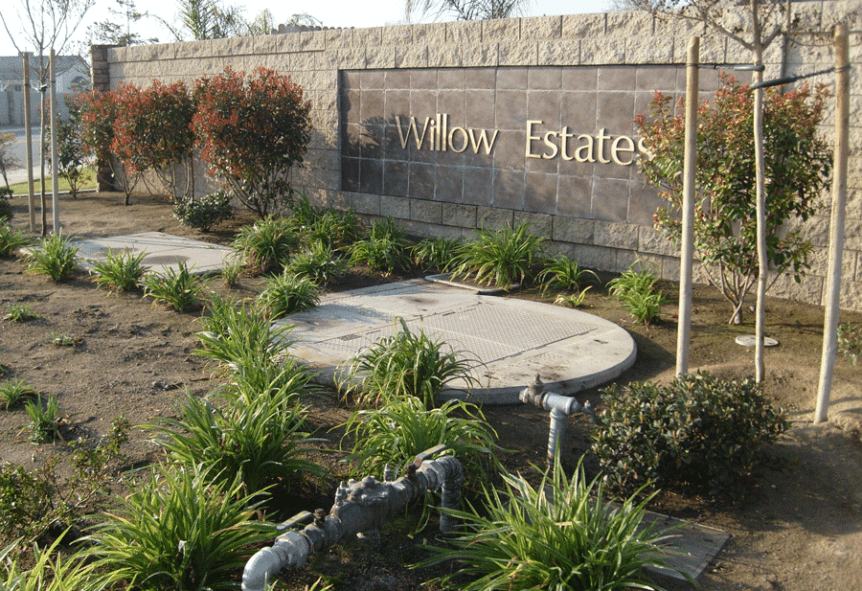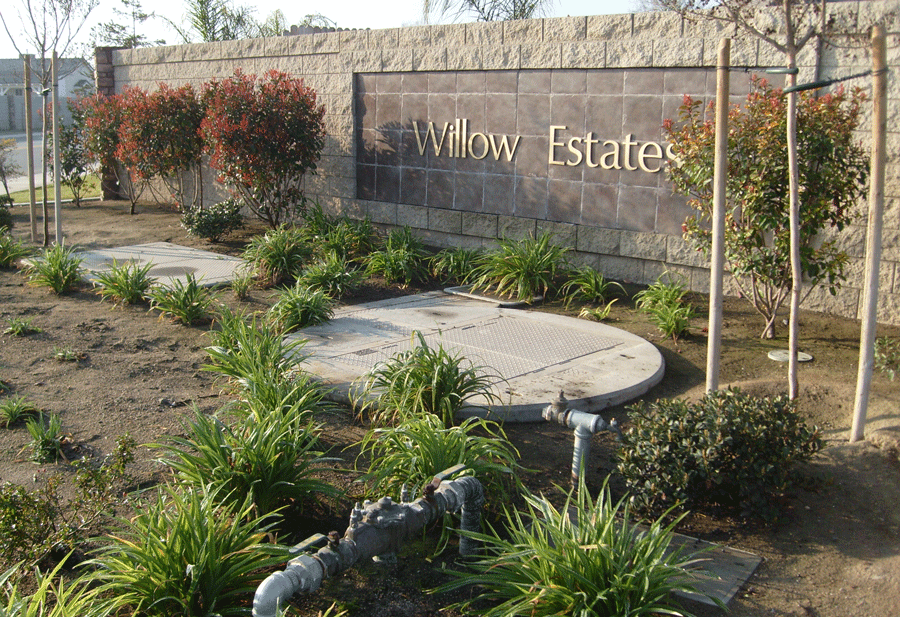
Romtec Utilities designs, manufactures, and supplies complete lift station packages that include all structural, mechanical, electrical, and communications for any application. Many wastewater lift station project are specifically for handling sanitary sewer, an essential aspect of water infrastructure. Lift stations are used when gravity pipelines are not available or are impracticable for moving sewage to a local or regional water treatment plant. Ideally, water treatment is always located where gravity lines can reach it, but in the United States today, a number of circumstances make lift stations a necessary.
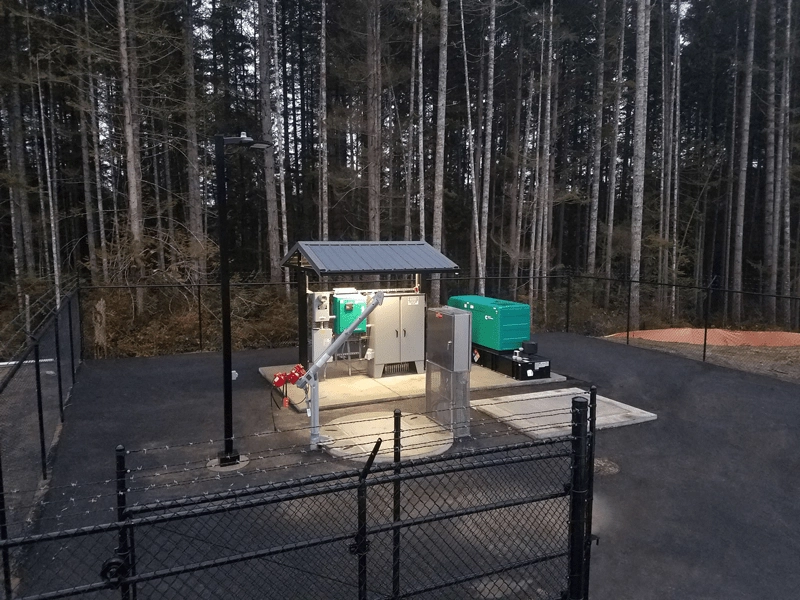
The first thing to consider is that new water treatment plants are expensive. Sewer plants treat water that is unsanitary and cannot safely return to the water cycle. In order to do this, these plant require large tracts of land and a wide range of equipment, not counting operational costs. Due to these costs, it is impractical for expanding municipalities and water districts to add new treatment plants for new housing and commercial developments. However, newly constructed buildings of all types still need to be connected to a functional sewer system. This typically means moving sewage to the gravity system of an existing treatment plant.
The next major consideration about why lift stations are needed is that the best land for development has probably been built on. This means that as urban areas expand, new buildings are located farther away from the central sewer infrastructure. This is to say, that new construction today cannot typically be tied into a gravity system. In some areas, there can be hills or other geographic features between new construction and gravity sewer. In other regions, the land may be so flat that the only way to create a gravity line is to dig down deeper and deeper. Although this sounds simple, digging and installing deeper infrastructure can actually be quite problematic.
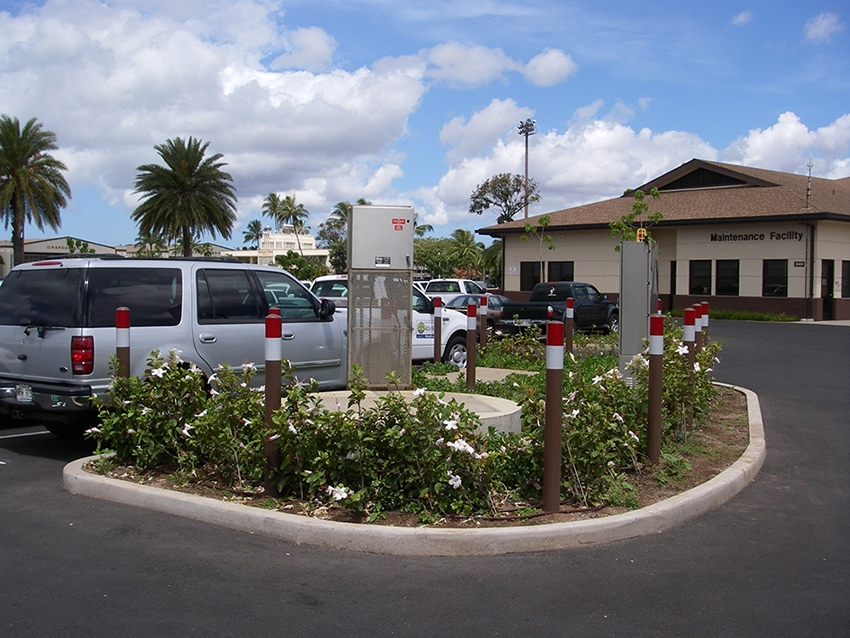
Sewage typically needs to flow at about 2-feet per second to prevent it from becoming septic. This equates to about a 2% slope for the sewer lines. To put this another way, every 100 feet of pipe needs to drop 2 feet. By the time a line gets to 10-feet-deep, the installation costs start to increase steadily. These gravity lines becomes exponentially more expensive the deeper they are installed. Another caveat to this is that leaking or are otherwise damaged pipes are then more expensive to repair or replace in the future. At a certain point, the depth vs. distance vs. cost ratios make it more economical to pump sewage up to a higher elevation where gravity can then resume. Thus, sewer lift stations negate the need for deep gravity lines by “lifting” sewage to elevations where gravity lines are more economical.
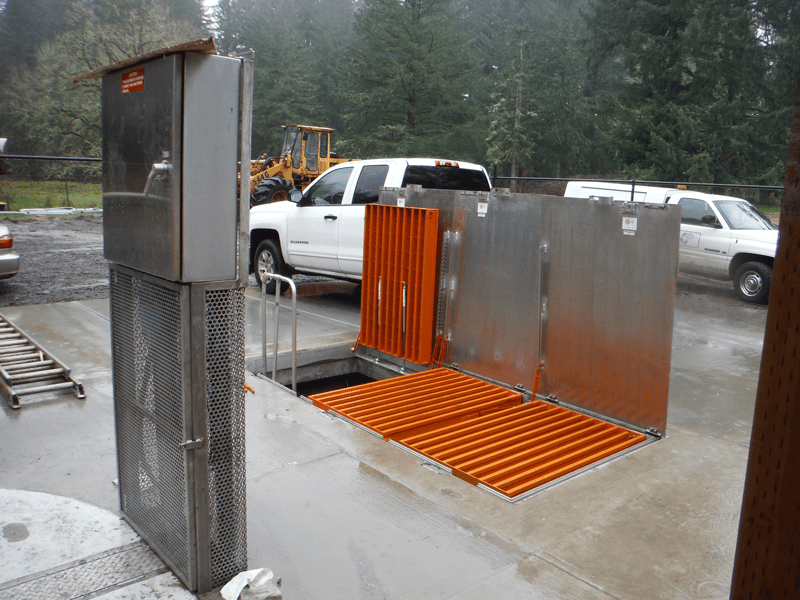
Romtec Utilities has designed thousands of pumping systems, and with sewer lift stations, it is very rare to see gravity lines at depths below 20 feet. So, let’s look at our question with some finality. Why do we need lift stations to handle sewage? Lift stations represent the most economical solution for expanding communities while keeping all new buildings connected to a water treatment system. These systems, though not widely understood, represent an integral aspect of American infrastructure. To learn more about our approach to sewer lift stations (and all type of pumping systems), contact Romtec Utilities today.

